The quest for higher education is often entwined with a daunting consideration—college tuition costs. As college tuition continues to rise, many families grapple with the financial strain. Yet, the prospect of higher education remains an essential stepping-stone to a prosperous future. Understanding and navigating the myriad of affordable paths to education is becoming ever more crucial in our rapidly evolving society. In this article, we will explore practical strategies for securing an affordable college education, dispelling common myths, and illuminating lesser-known avenues for financial relief.
Debunking Scholarship Myths

Scholarships are a significant means by which students can offset the costs of education. Yet, skepticism often surrounds them, fed by misinformation and occasionally, unfounded rumors. For instance, The National Society of High School Scholars (NSHSS) offers scholarships, but its legitimacy has been questioned in the past. The rumor of the NSHSS scam has been debunked, revealing it as a credible organization providing financial aid to high-performing students across the country.
NSHSS, like many similar organizations, bases its scholarships on a wide range of criteria, such as academic achievement, leadership, community service, and specific career interests. Students are encouraged to explore these opportunities thoroughly and apply for multiple scholarships to increase their chances of financial assistance. It is also beneficial for students to consult with their school counselors or career advisors, who can provide valuable guidance and resources in identifying credible scholarship options.
Exploring Affordable Online Education
The traditional brick-and-mortar college education is no longer the only path to a degree. The advent of online learning has opened up a multitude of new, more affordable avenues for students. As an example, online degrees are more affordable, such as online RN to BSN degree programs. These programs offer the flexibility of distance learning, which can often be balanced with a full-time job or family obligations, all while costing significantly less than a traditional campus-based program.
Online programs are typically more affordable due to lower operational costs. Institutions save on resources like campus facilities, utilities, and housing, passing these savings on to the students. Additionally, online students may save on commuting costs, meal plans, and other expenses typically associated with traditional campus life.
Financial Aid and Loan Forgiveness Programs

Federal and state financial aid can significantly reduce the burden of college costs. Programs such as the Federal Pell Grant provide need-based grants to low-income undergraduate and certain post-baccalaureate students. This financial assistance does not need to be repaid, unlike loans.
Student loan forgiveness programs are another avenue for reducing college costs. These programs, including the Public Service Loan Forgiveness (PSLF) and the Teacher Loan Forgiveness, offer to forgive the remaining balance on direct loans after the borrower has made 120 qualifying payments under a qualifying repayment plan while working full-time for a qualifying employer, typically a government or non-profit organization.
A Sustainable Path Forward
Ultimately, the journey to affordable college education involves proactive research, diligent financial aid applications, and a willingness to explore less traditional forms of education. While the cost of college can be daunting, it’s essential to remember that there are numerous resources available to help make this significant investment more manageable.
Whether it’s through debunking myths surrounding organizations like NSHSS, leveraging the affordability of online programs like the RN to BSN programs for registered nurses, or maximizing the benefit from financial aid and loan forgiveness, students today have more options than ever to attain their academic goals without breaking the bank. The path to higher education may seem steep, but with the right knowledge and resources, it is not only achievable but also sustainable. It’s all about smart savings, after all.





